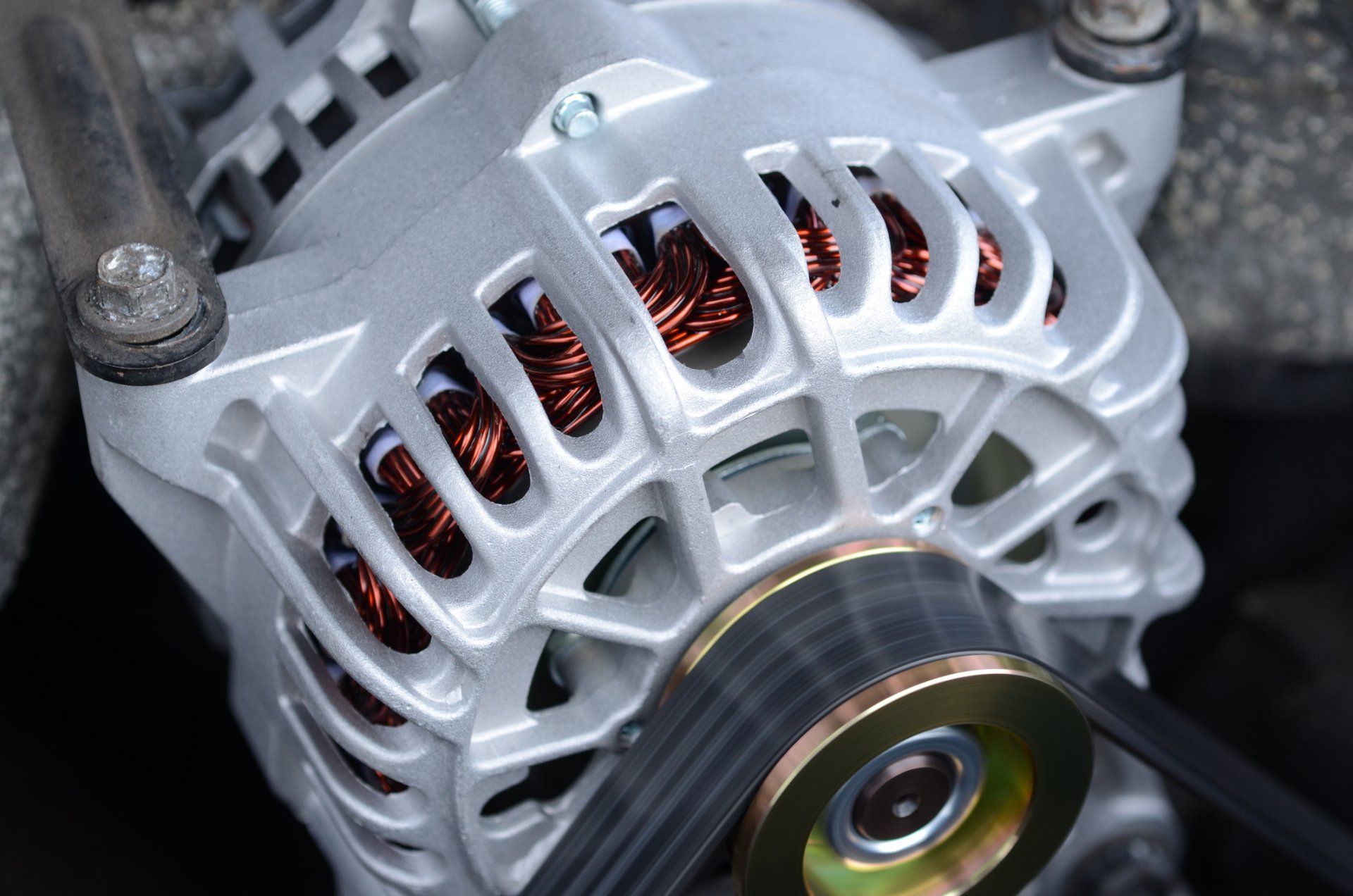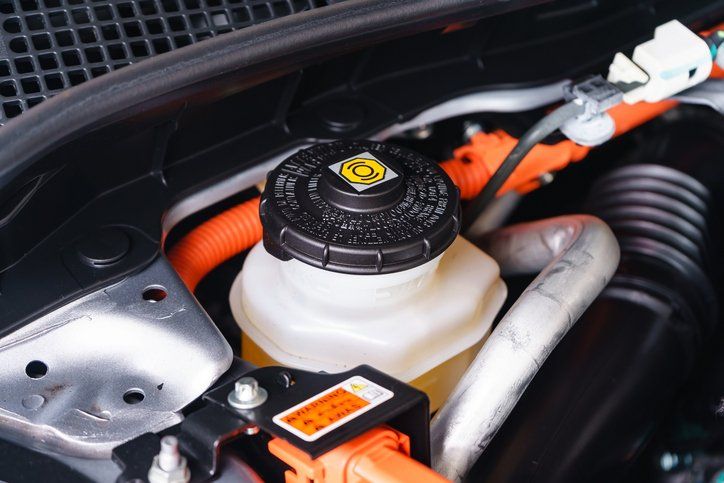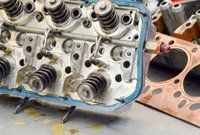
The average American driver spends upwards of $2,500 on fuel every year. While you might not be able to escape buying fuel for your car, you can make an effort to control how much you spend on this expense without reducing how much you drive. Learn some of the practical things you can do to reduce your fuel costs by increasing fuel efficiency.
1. Clean Your Car
The amount of weight a vehicle is carrying will directly impact the rate at which it burns fuel; the greater the weight, the more fuel burned. The problem is that some people carry around way more than they need, such as sandbags in case of an unlikely ice storm — even though it's the middle of summer.
As little as an extra 100 pounds in a car can reduce the number of miles it reaches per gallon by around 1%, which can easily add up overtime. If your trunk or backseat doubles as your storage area, now is an excellent time to clear everything out that you don't need on a regular basis.
2. Shut the Windows
The mild Mississippi weather provides plenty of days for opening the windows and enjoying the breeze. Some drivers will roll down their windows because they believe it's more cost-effective than turning on the air conditioning, in terms of fuel consumption. However, the wind that blows inside the vehicle can create a resistance that slows your car down and ultimately makes you burn more fuel than you normally would.
Instead of opening your windows all the way, maybe you could crack your windows only slightly or roll them up once you're comfortable.
3. Inspect the Battery
A car battery is intended to last for many years, but once your battery starts to show signs of wear, you have more to worry about than just being stranded on the side of the road due to a dead battery. As a battery ages, corrosion can build up along its connections. The corrosion creates a barrier that causes the alternator to work harder to provide your vehicle with power.
Whenever any system in your car has to work harder, you will also burn more fuel. A battery that has already exceeded its expiration period and is often in need of a jump start can also create fuel economy issues since the alternator will have to work harder each time the battery is drained during the jumping process.
Since battery and alternator problems are sometimes difficult to differentiate, it's best to have a repair professional look at your car to correctly diagnose the problem.
4. Skip the Warm Up
Unfortunately, there are just as many smoldering hot days as there are comfortable days. To beat the heat, you might head outside to turn your car and air conditioning on a few minutes before you get inside. But this practice is costing you extra fuel.
When it comes to basic function, your engine operates the same whether you're driving on the highway or parked in your driveway. Anytime your engine is powered up, your car is burning fuel, and since you're not moving, this also means you're getting nothing in return in terms of fuel consumption.
The longer you keep your car in the idle position, the more fuel you burn. Instead of wasting fuel idly, consider parking in a shady area or investing in a sun visor to keep your car cooler.
When you pull up to the gas station, you shouldn't feel like you're being robbed. Use these tips to keep your costs lower. At Midway Garage & Salvage LLC., we can help you with this goal. Contact us to learn about the fuel-efficiency-promoting services
we offer.

















